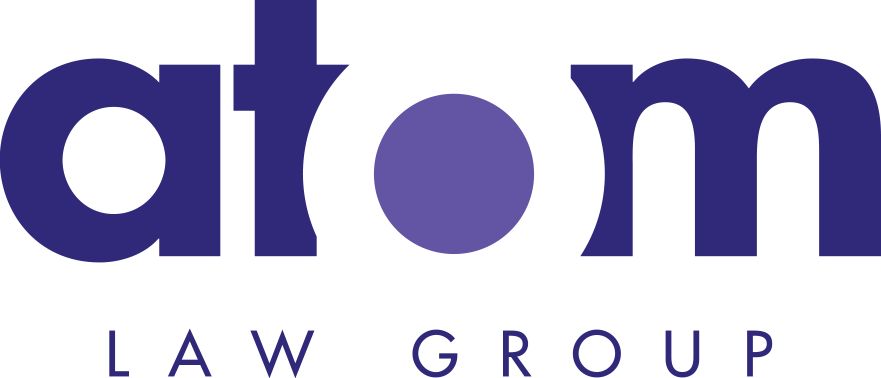Email: info@atom.law
Call Us: (312) 943-8000
Defend and Protect Your Brand with Confidence
In the competitive world of business, your trademark is a cornerstone of your brand identity. Atom Law Group understands the critical importance of this asset and offers comprehensive legal services in trademark disputes and litigation. We're dedicated to protecting your brand, whether you're enforcing your trademark rights or defending against infringement claims.
Our Comprehensive Trademark Services
• Infringement Defense: If your business faces allegations of trademark infringement, we provide a robust defense strategy. Our approach is to carefully analyze the claim, explore all avenues of defense, and work towards a resolution that protects your interests and minimizes impact on your business.
• Enforcing Your Rights: We act decisively against unauthorized use of your trademark, safeguarding your brand from dilution and confusion in the marketplace.
• Opposition and Cancellation Proceedings: Engage us to navigate proceedings before the USPTO, whether you're challenging a conflicting trademark application or defending your own.
• Cybersquatting and Digital Disputes: In the digital arena, we protect your brand from online infringement and domain name disputes, ensuring your digital presence reflects your brand’s true identity.
• Courtroom Representation and Settlement Negotiation: With a balanced approach to litigation and settlement, Atom Law Group aligns our legal tactics with your business goals, providing strong representation in court and strategic negotiations.
Your Partner in Trademark Challenges
At Atom Law Group, we're committed to guiding you through the complexities of trademark law. Whether you're defending your brand against claims or enforcing your trademark rights, our team is ready to deliver comprehensive legal support tailored to your needs.
Contact Atom Law Group today. Let’s work together to protect the brand you've built with dedication and vision.
CONTACT INFORMATION
Phone: (312) 943-8000
Email: info@atom.law
